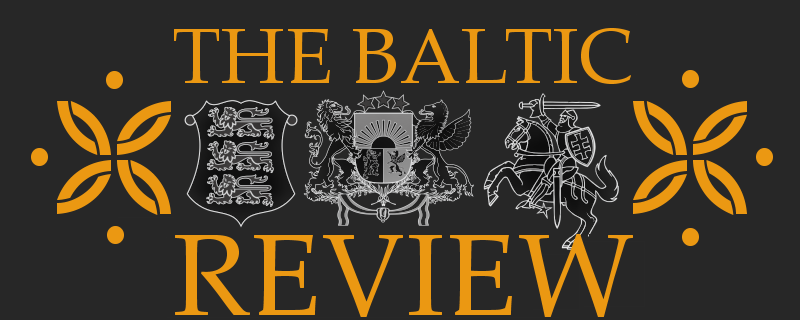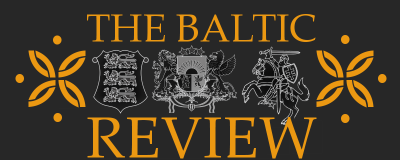The majority of the words in the Baltic vocabulary are shared with the Germanic and Romance languages
Or the fact that the majority of the words for numbers in the Baltic vocabulary are shared with the Germanic and Romance languages, but do not sound anywhere even close to Slavic languages. This information is deliberately neglected, so it is political in nature. There are hundreds of examples like this.
The English word “are” is “ar” in Lithuanian, the French word for number seven is “sept”, the corresponding Lithuanian word is “septyni”. The German “was” is “kas” in Lithuanian. Latin “auris” is “ausis” in Lithuanian. The similarities are so great, it’s simply pointless to list them here.
Who would want to deny something so obvious? Some scholars selectively pick and echo those very few similarities between the Baltic and Slavic languages on which they base this whole theory of the existence of the Proto-Balto-Slavic language. Constant repetition of carefully picked and politically motivated information is very dangerous, and particularly to a lay audience.
This article is not an attempt to draw similarities or differences to any language, but rather an attempt to establish a truthful and honest representation of the Baltic languages, their uniqueness and them being direct descendants of the Proto-Indo-European (PIE) without the existence of any hypothetical Proto-Balto-Slavic language.
If this hypothetical language existed, there simply and logically would be no “kas”, no “septyni”, no “ar” and no “ausis” in the Baltic vocabulary.
A period of common development and contact is a more likely theory, which may explain those few similarities found between the Baltic and Slavic language families. These similarities are actually so rare, you have to spend quite a bit of time finding them.
The Baltic languages are also studied so poorly that it does not come into anyone’s attention that these languages possess definite articles. Examples include – “Lith. tas, ta, tam, tame”. In German, the neutral definitive article and pronoun is “das”, which is reciprocal to Lithuanian “tas”, however, the latter is only formally considered to be a demonstrative pronoun, although it clearly performs two separate functions. Both words descend from the same Indo-European root. The definitive article can also be present as a suffix in the Baltic languages, however, this information is deliberately suppressed.




























Comments